In May of 2008, the Passion Tour made a pit-stop in Kampala. I’d never really heard of the movement until that time when they came over. All I knew in that period was that there’s an upcoming mega music fest at the Makerere University sports grounds, featuring world-renowned musicians—Chris Tomlin, Matt Redman et al.—and it was gonna be absolutely free of charge. Since there’s nothing quite as synonymous as university students and freebies, there’s not a snowball’s chance in the Sahara that I was gonna miss out.
At the festival, I was sure that I would be captivated by the musical performances more than anything. However, something else totally blew my mind and ultimately birthed in me an unanticipated passion. In the company of the musicians was some guy called Louie Giglio. He was the keynote speaker. I had never heard of this one, but he sounded both like a professional preacher and a space exploration enthusiast. I didn’t care what he sounded like: I was more interested in the stuff he was saying, and, boy, was it as curious as it was electrifying!
In a fairly long monologue—one hour or so—Louie churned out scientific insights as well as biblical references and other stories, detailing the sheer vastness of the cosmos, and the great technological leaps that mankind had taken, up until then, to explore only a snippet of the limitless expanse of what we know as the universe.
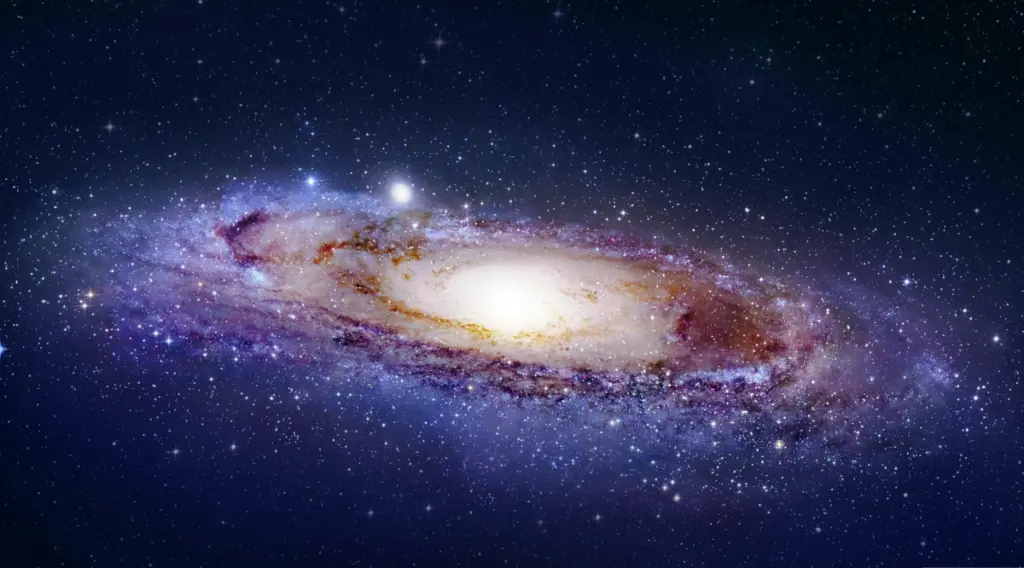
By the end of his talk, my brain had sort of frozen and at that point I’m failing to bring to scale how absolutely miniscule our solar system is, much less the Earth, in relation to the universe we’ve explored. The best juxtaposition my little finite brain could summon up was that the universe is probably somewhere about the size of Earth, and Earth is like a golf ball and, you and I are here living on that tiny ball. It made perfect sense that the year’s Passion Tour was themed Indescribable, to capture how really small we are and how huge the Creator of all this stuff must be. That experience pretty much sums up how my liking for astronomy came about.
In the context of the infinite universe, which’s really difficult to fathom, it was a bit comforting that Louie’s message made it feel like our planetary neighbors—Venus and Mars—are just next-door! Nah, not even close! But, hey, we’re apparently working round the clock to set up shop on Mars!
In the quest to conquer Mars, no individual has been at the forefront ahead of Elon Musk. The world’s richest man and visionary entrepreneur behind SpaceX has long championed the idea of making humanity a multi-planetary species. His ambitious plans for a manned mission to Mars are well on the verge of realization, marking a pivotal moment in space exploration. Elon’s goal is not just to send humans to the red planet but to establish a self-sustaining colony, ensuring the long-term survival of our species, just in case you crazy humans get excited and decide to nuke the Earth.
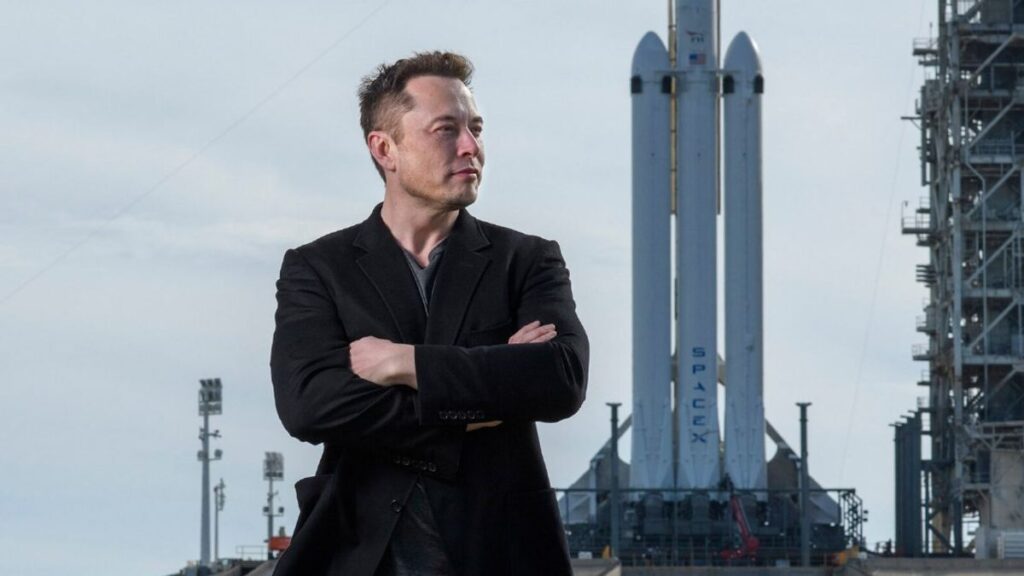
Recent developments, particularly Trump’s presidency, are certain to impact Elon Musk’s dream significantly, as the Starship program bore the brunt of regulation during the previous US administration, especially over environmental concerns, which slowed down the mission. President Trump has so far positioned himself as an advocate for a regulatory environment that would allow for quicker approval of rocket tests and launches, thus accelerating the Mars mission timeline.
Also, the SpaceX timelines for the Mars mission hinge on the Starship spacecraft, which’s a fully reusable rocket system designed to carry both crew and cargo. In the upcoming Earth-Mars transfer window, sometime in 2026, Elon hopes to send the first unmanned spacecraft to the red planet. And just to bring you up to speed, unlike the earthly forms of travel where you just hop onto an airplane and head out whenever you feel like, interplanetary travel is a whole other complex ball game.
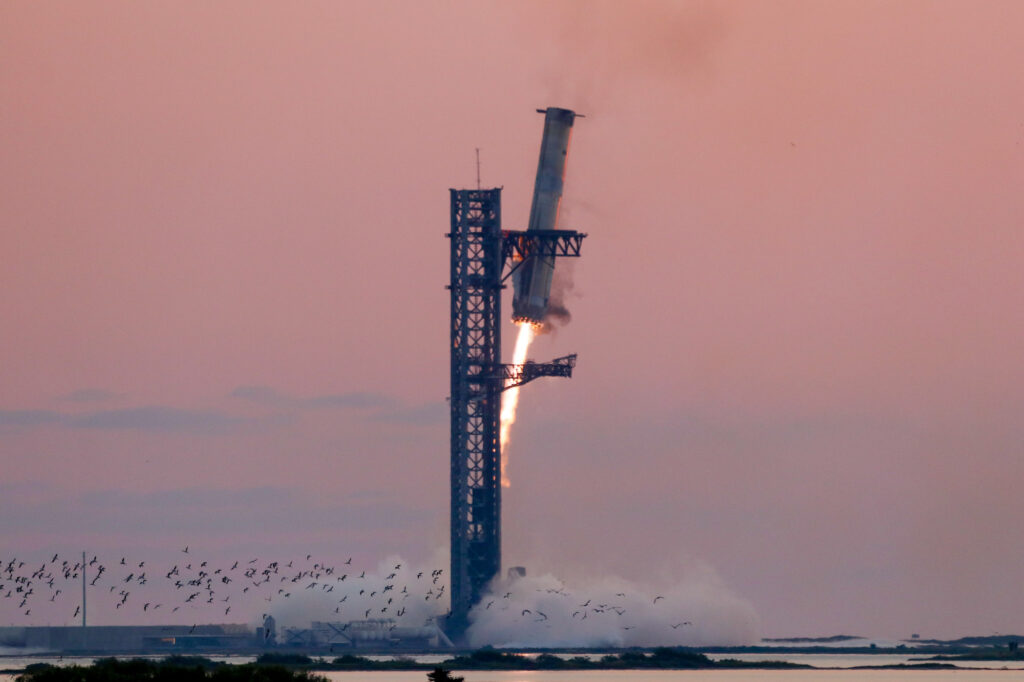
Since it takes Earth and Mars different lengths of time to orbit the Sun—Earth requiring 365 days and Mars about two earth years—there’ll be a point when the two planets are farthest from each other and another when they’re on the same side of the Sun—closest to each other. The optimal period to embark on the odyssey to Mars would be when the planets are closest or aligned. That’s called a transfer window. Launching outside of the transfer window, a phenomenon that occurs roughly every after 26 months, would complicate the trip. The 225-million kilometer journey which would’ve taken approximately 8 months to cover would end up stretching to 12 months, one way! Besides that, the journey would not only become energy-inefficient and, therefore, expensive, but riskier as well.
The significance of the uncrewed mission(s) cannot be overstated. The 2026 mission aims to test the reliability of landing on Mars’ hostile environment. The Martian surface is harsh due to an number of factors: most notably the extremely low temperatures that can dip to as low as -140°C or much less, depending on the location and season, but, also, the absence of liquid water, the rugged surface, the great dust storms, and the perilous radiation levels due to the planet’s thin atmosphere all add to the complexity.
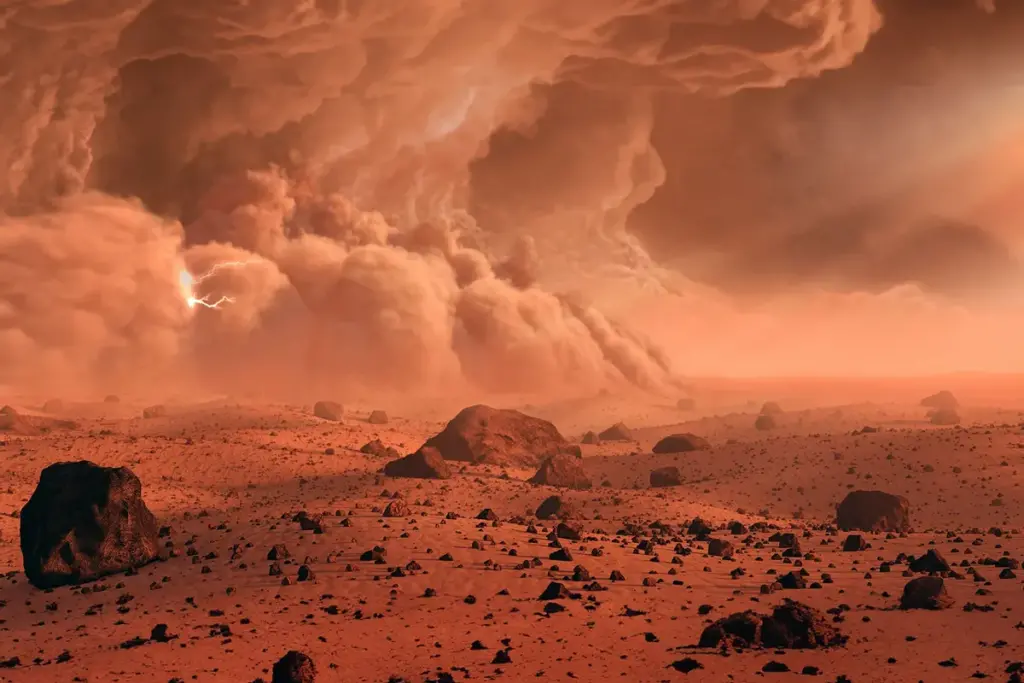
If successful, the first crewed missions could follow possibly four years from then, targeting 2030. They would not only test landing technologies but also deliver critical supplies and equipment needed for future human settlers. Elon envisions the first crewed missions carrying around 12 people, tasked with building essential infrastructure like a propellant plant and a base dubbed Mars Base Alpha. This base would serve as the foundation for a self-sustaining city, which Elon ambitiously hopes to establish within 20 years. The ultimate goal is a thriving Martian colony capable of supporting thousands, if not millions, of people.
Obviously, a space exploration program as monstrous as the Mars mission can’t be void of challenges, as I mentioned earlier. SpaceX must perfect Starship’s re-usability, achieve rapid launch cycles, and overcome regulatory hurdles, particularly from agencies like the Federal Aviation Administration (FAA), which, again on a positive note, is probably achievable under Trump. Critics also highlight the immense technical difficulties, such as protecting astronauts from radiation and ensuring reliable life support systems during the six-to-eight-month journey. So, there’s all that, yet Elon remains steadfast, driven by the belief that humanity must expand beyond Earth.
Whereas Elon’s supporters argue that his aggressive timelines and innovativeness have already transformed the space industry: like SpaceX’s reusable rockets and crewed missions to the International Space Station—which demonstrates his capacity to push boundaries—critics question the feasibility of his tight timelines and the sheer magnitude of the whole endeavor.
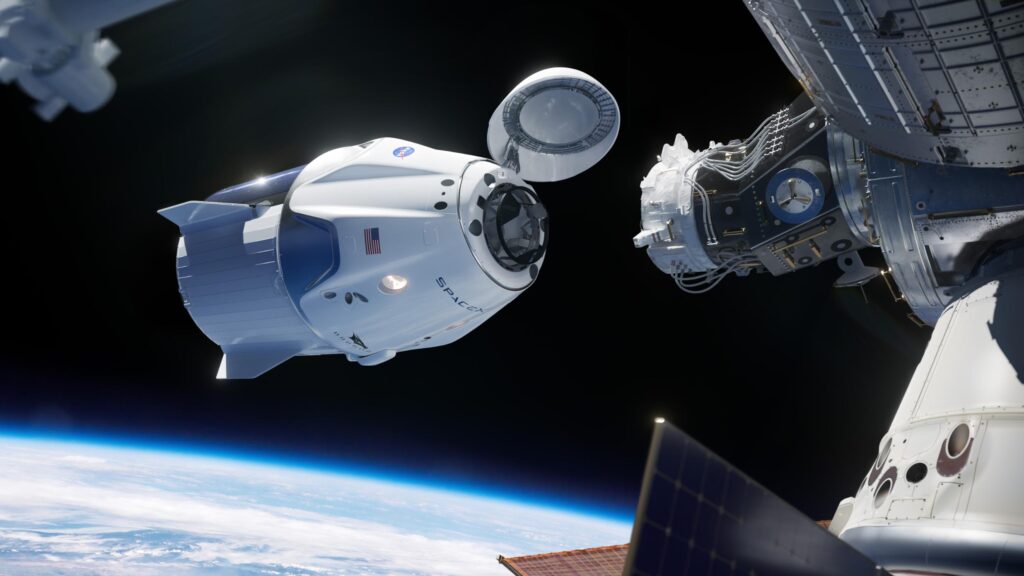
Regardless of the outcome, Elon Musk’s Mars mission represents a bold leap toward a future where humans are not confined to Earth. Success could inspire a new era of exploration, technological advancement, and even economic opportunities on Mars. As we look on and cheer from the sidelines, SpaceX’s journey to the red planet may well redefine what it means to be human.
Related Story: Women Are From Venus.
Follow the conversation on X:
EM….. you have a wonderful way of weaving words!
Thanks Charlotte. I see you’re on a marathon to catch up with what you’ve been missing out on!😊